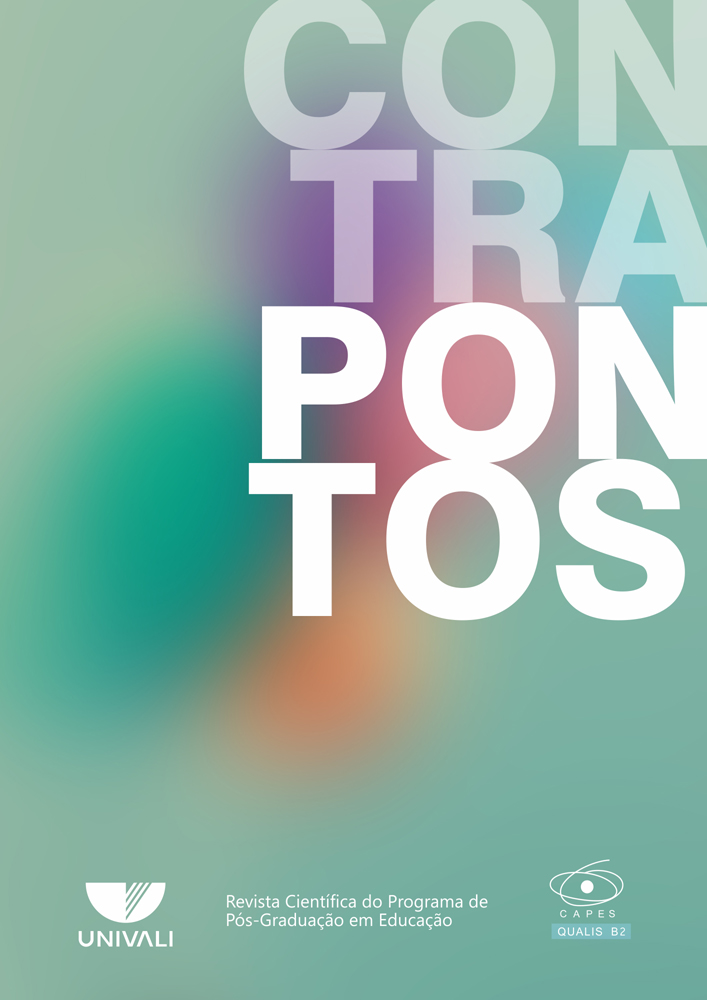
This article presents the Brazilian children’s books Casa de papel, by Gláucia de Souza (2017), and Avoada, by Marilia Pirillo (2014), seeking to analyze the playful aspects of their respective works. The first book is hand-crafted, as a commemorative edition of the author’s twenty-year literary career, and the second, although mass-produced, has a folding, concertina-like structure. The graphic-editorial designs of both books are original and creative, moving away, to some extent, from the usual marketing structure of books for children. Through their original design, as objects that can be handled, the communicative power of the books is expanded, broadening the reader’s horizons.





